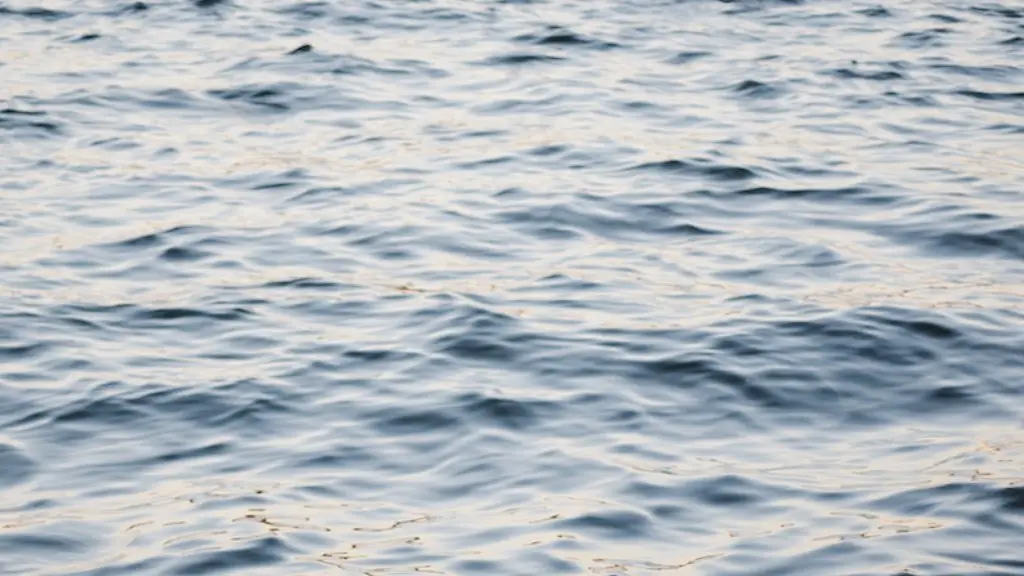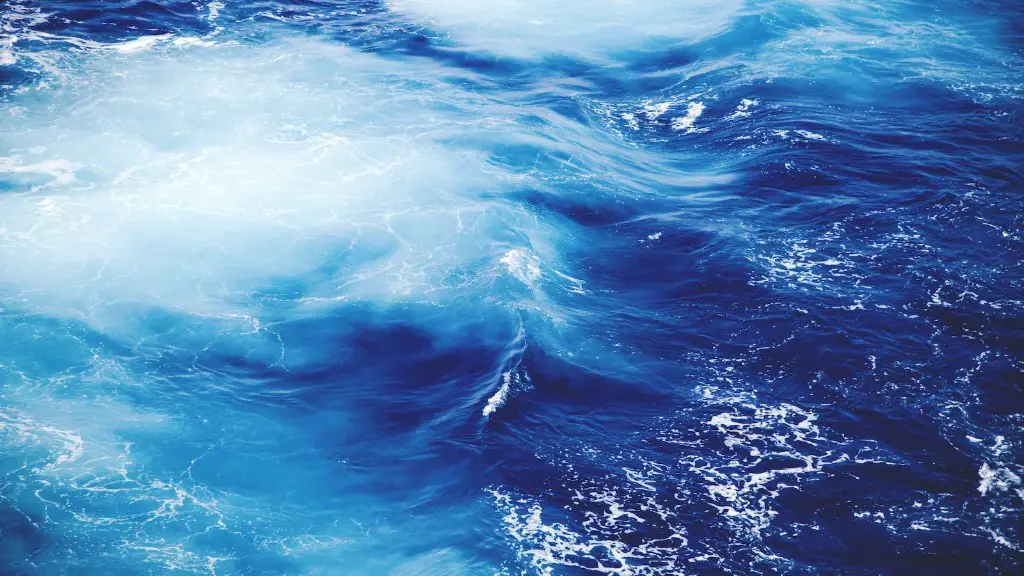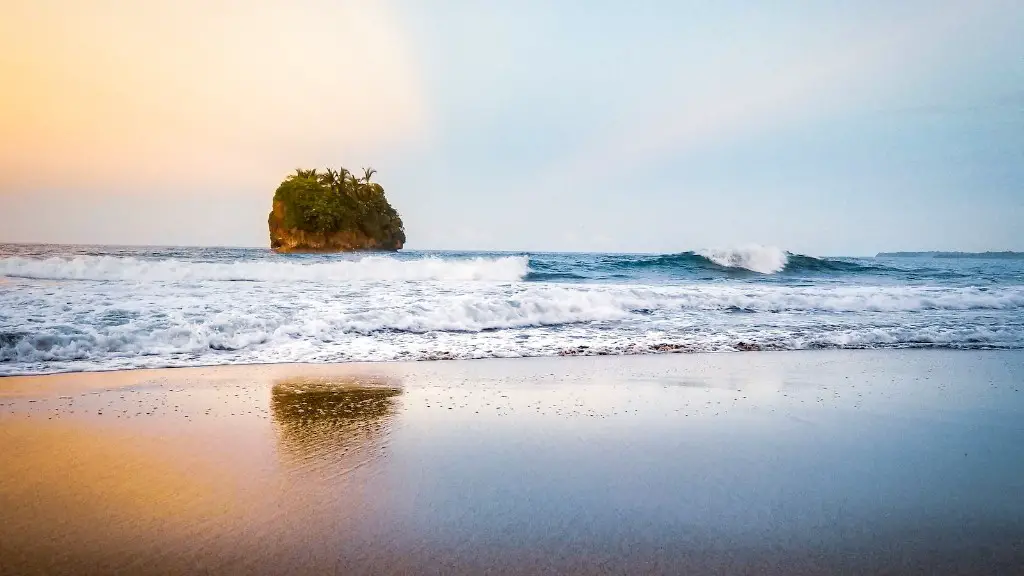The Caribbean Sea is an integral part of the geography of the planet and many countries border it. It is the second largest sea in the world in terms of area and is known for its deep waters and diverse cultures. But what is the largest country in the Caribbean Sea? The answer is Cuba.
Cuba is an island nation located in the northwestern region of the Caribbean Sea. It is the largest country in the Caribbean Sea by both land area and population. Its population of over 11 million people makes it the most populous nation in the region. Its total land area is 42,804 square miles, which makes it the largest Caribbean island by far.
The geography of Cuba has a great deal of diversity and is known for its lush vegetation and white-sand beaches. The interior is mostly composed of undeveloped forests, swamps, and grasslands. For centuries, Cuba has been an important producer of sugar, coffee, tobacco, and rum.
The culture of Cuba is a mix of African, Spanish, and Caribbean influences. It is known for its vibrant music and stunning art, which have made it the home of some of the world’s best performers. Its educational system is also considered to be one of the best in Latin America.
Cuba has a long history of political and economic instability, but it has managed to make strides in its development in recent years. Cubans are generally welcoming of foreigners, and the country is a popular destination for tourists. Tourism has become an important economic driver, with the influx of foreign money helping bolster the Cuban economy.
Cuba is a unique and fascinating country, and its position as the largest nation in the Caribbean Sea is a testament to its importance to the region and the world. Its vibrant culture and its diverse landscape make it a must-visit destination for anyone looking to explore the Caribbean.
Natural Resources
Cuba is abundant in natural resources, with its primary natural resources being its vast beaches, lush green jungles, mineral deposits, and its prolific wildlife. Cuba has exquisite biodiversity, with a plethora of species ranging from mammals, birds, reptiles, amphibians, and fish. This abundance of life on Cuba helps draw many tourists, eager to see its many sights. Combined with its abundance of natural resources, this has helped propel Cuba to the top of the list of Caribbean Sea’s most visited nations.
Minerals like nickel and cobalt are abundant in Cuba and are important economic resources. These and other minerals, including iron ore, chromium, and oil, are essential components of Cuba’s economy that contribute to both its industry and tourism.
Cuba also has large reserves of oil reserves, making it an important player in oil markets. The country produces about 30,000 barrels of oil per day, making it one of the top producers in the Caribbean Sea region. This oil production is vital to Cuba’s economic stability and helps renew its oil reserves.
Economic Sub-Sectors
Tourism is one of the mainstays of Cuba’s economy and its largest revenue source. Cuba is known for its stunning beaches, vibrant music, and diverse culture, all of which have helped to make it one of the world’s most popular tourist destinations. The influx of foreign money from tourism has helped to bolster the Cuban economy, as well as help with infrastructure development.
Cuba also has a strong agricultural sector, with sugarcane, citrus fruits, and tobacco being some of its most important crops. Fisheries are also important for Cuba, with its fish resources being a major source of income for many citizens. The Cuban government has worked to promote sustainable fishing practices, which has helped to ensure the continued abundance of its marine resources.
Cuba is also home to a growing manufacturing industry, with the country producing a wide range of products, such as electronics, apparel, food, and beverages. Furthermore, Cuba has a flourishing pharmaceutical industry, which has made it a leader in the production of generic drugs. This industry has helped to strengthen Cuba’s economy and give Cubans access to cheaper, quality medications.
Political System
Cuba has a socialist government system and is ruled by the Cuban Communist Party. It is governed by the Constitution of 1976, which established a one-party state. The Cuban government is characterized by its centralization of power in the hands of its ruling party. The political system makes it difficult for Cubans to express their opinions freely and engage in activities that are deemed counter to the Cuban Communist Party’s platform.
Cuba is also known for its repressive measures, such as restrictions on freedom of speech and its tight control of the media. It has also been accused of violating its citizens’ human rights with its policy of forceful imprisonment and its wide-reaching censorship policies. However, the Cuban government has made gradual strides towards a more open and tolerant society, with the Cuban Communist Party overseeing a period of economic modernization.
Cuba is an important country in the Caribbean Sea. Its position as the largest nation in the region carries with it a lot of responsibility, which the Cuban people have taken seriously. Its vibrant culture, rich history, and abundant resources have made it a popular destination for tourists and economic investors alike.
Trade Relations
Cuba has strong trade relations with many countries around the world, particularly in the Caribbean and Latin America. It is an important member of the Caribbean Community (CARICOM), which is a regional trade bloc formed to promote economic integration among its members. Cuba also has free-trade agreements in place with the United States and other countries, which helps it to access important markets and sources of income.
Cuba has an open economy and is highly dependant on imports and foreign investment. Its strategic location and its large population have helped it to attract investors from all over the world. The Cuban government has also implemented a number of policies and reforms to promote economic growth. These policies include infrastructure investments, human capital investments, and tax incentives.
The Cuban economy is also characterized by its large-scale foreign debt, which has been a major burden for the country. This debt has been caused by the depreciation of its currency, its significant import dependency, and its inability to access international finance platforms. Nevertheless, Cuba has managed to make strides in its debt management, with its government taking measures to reduce its foreign debt burden.
Conclusion
Cuba is the largest country in the Caribbean Sea and its importance in the regional context cannot be overstated. From its stunning beaches to its vibrant culture and its abundant resources, it has established itself as an important tourist destination. It is also a major player in the Caribbean’s economic landscape, with its large population and strategically located position helping draw investors from all over the world.




